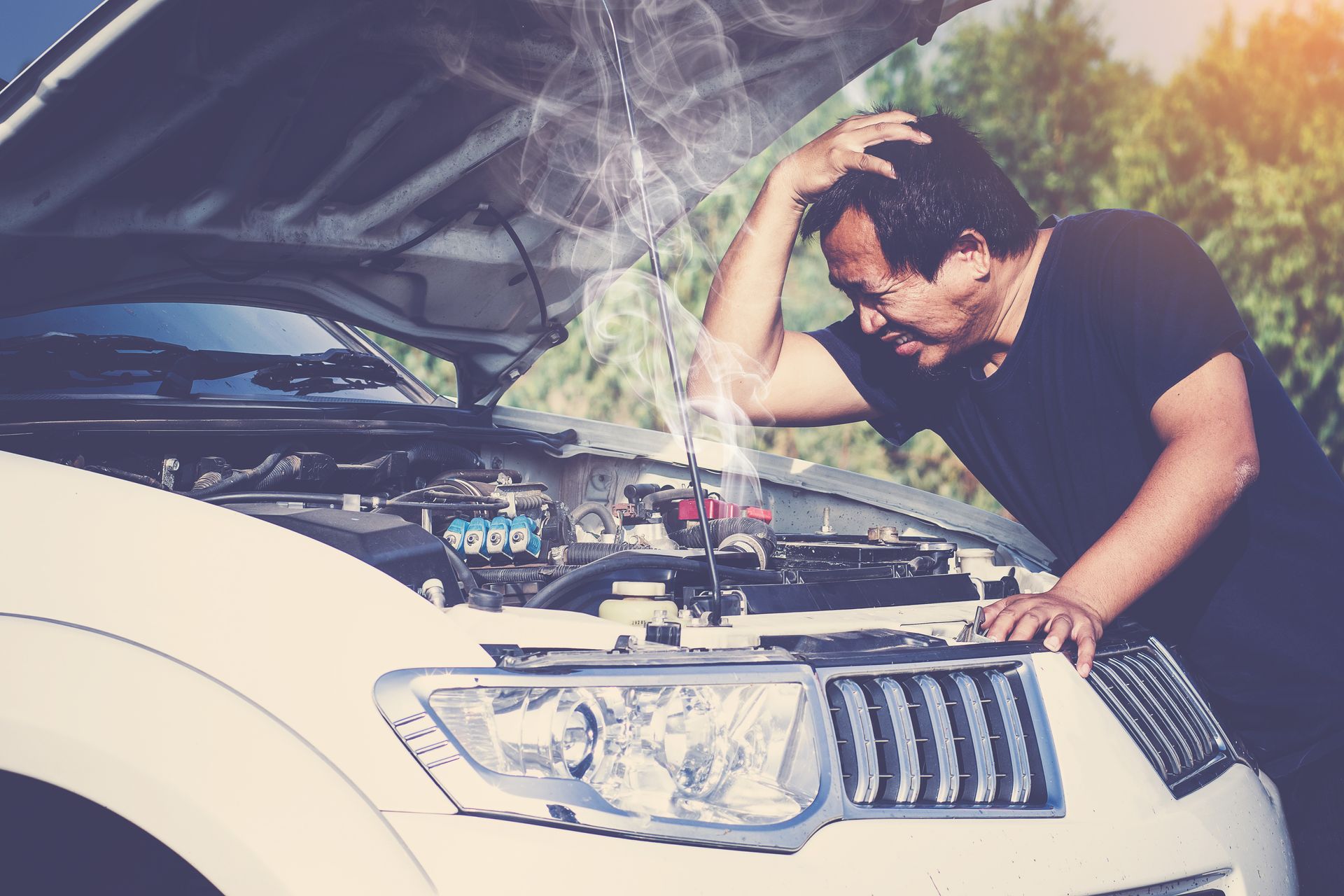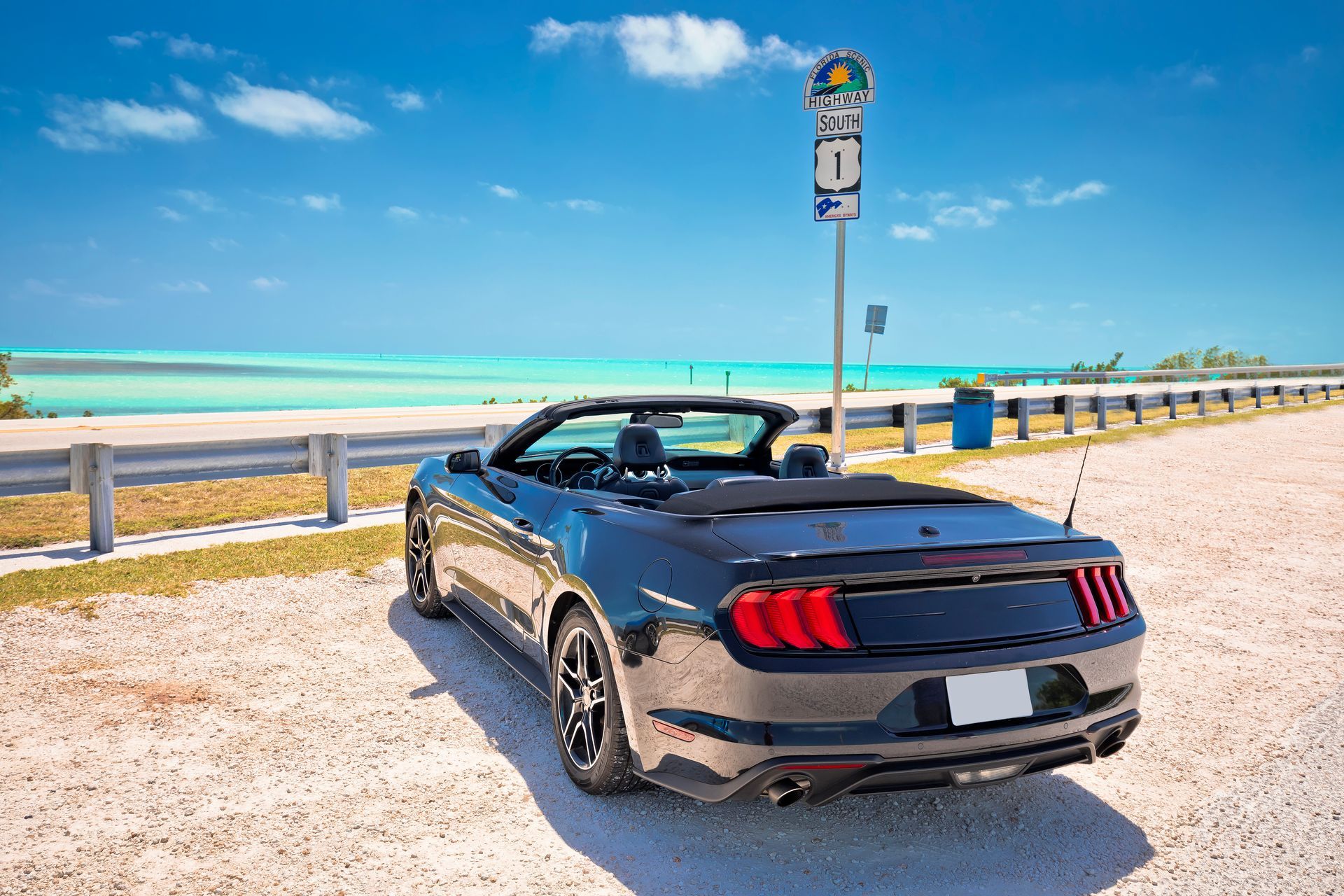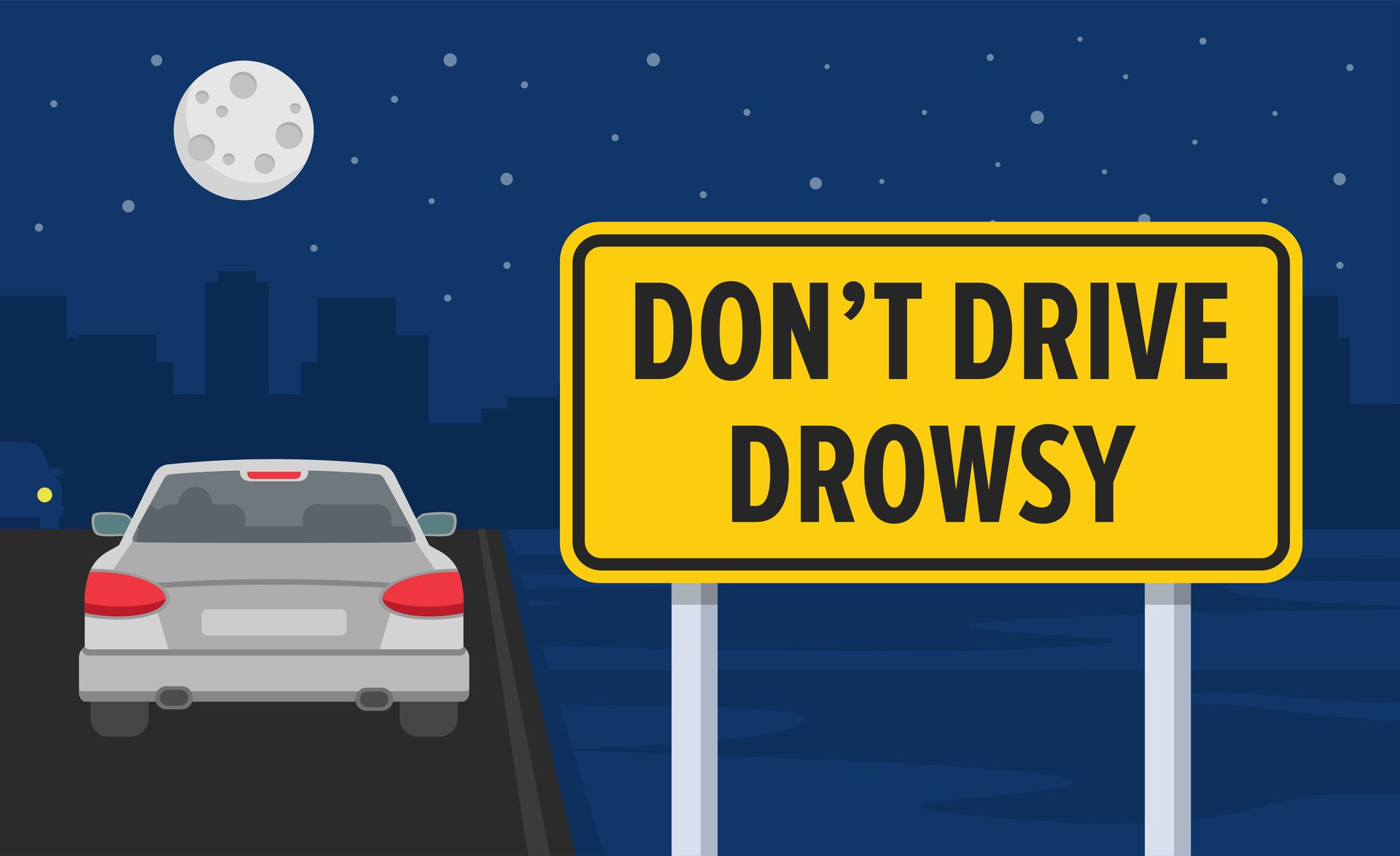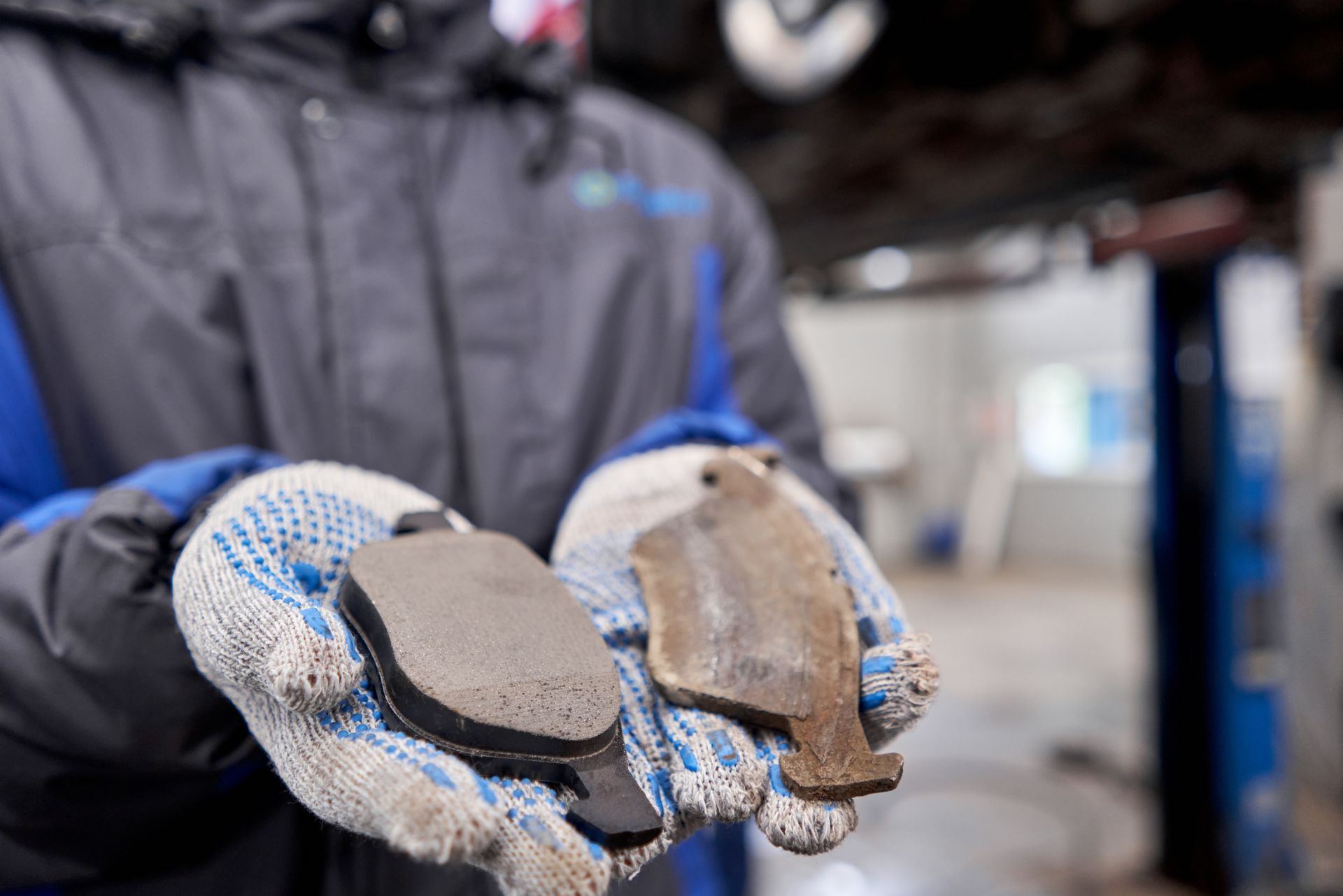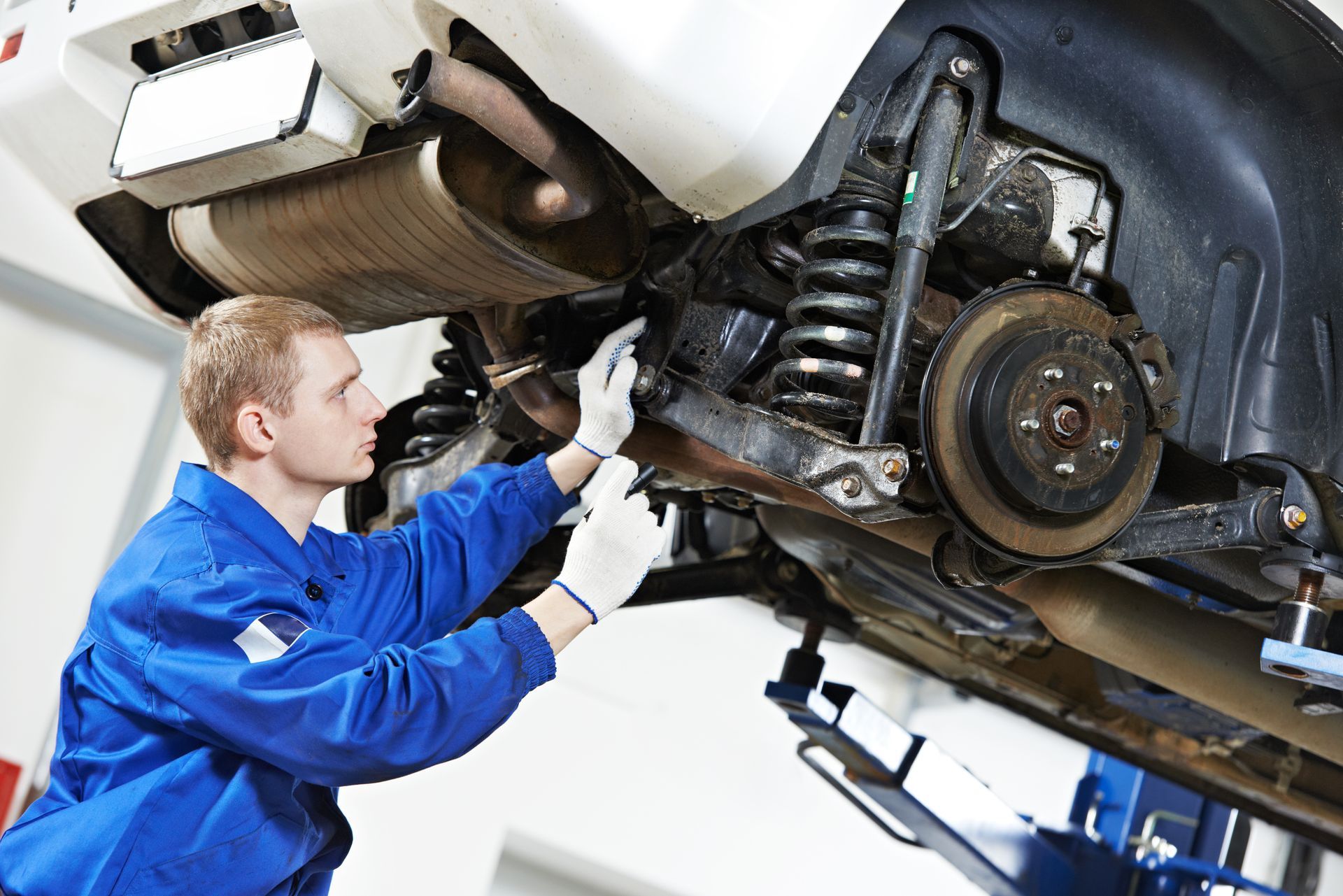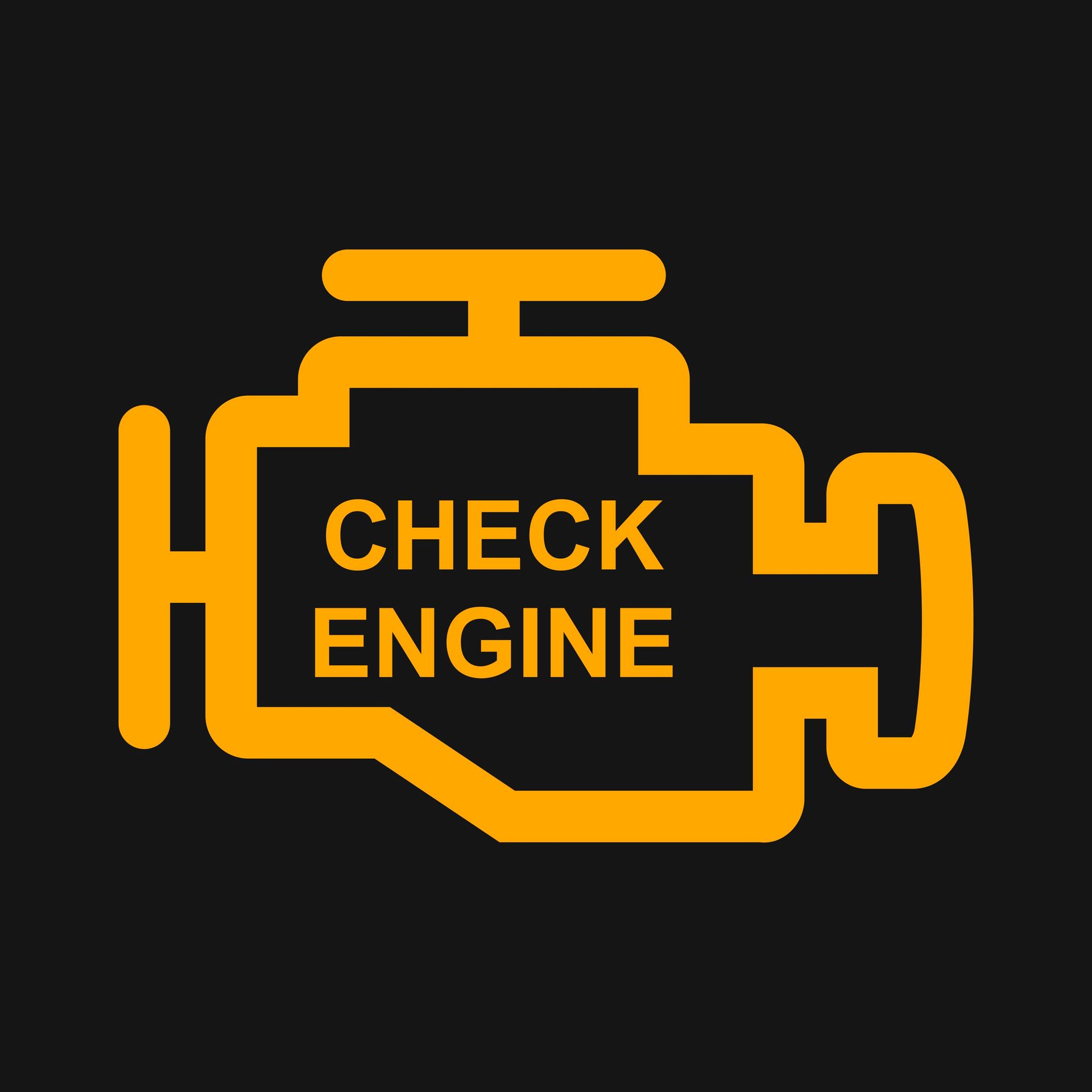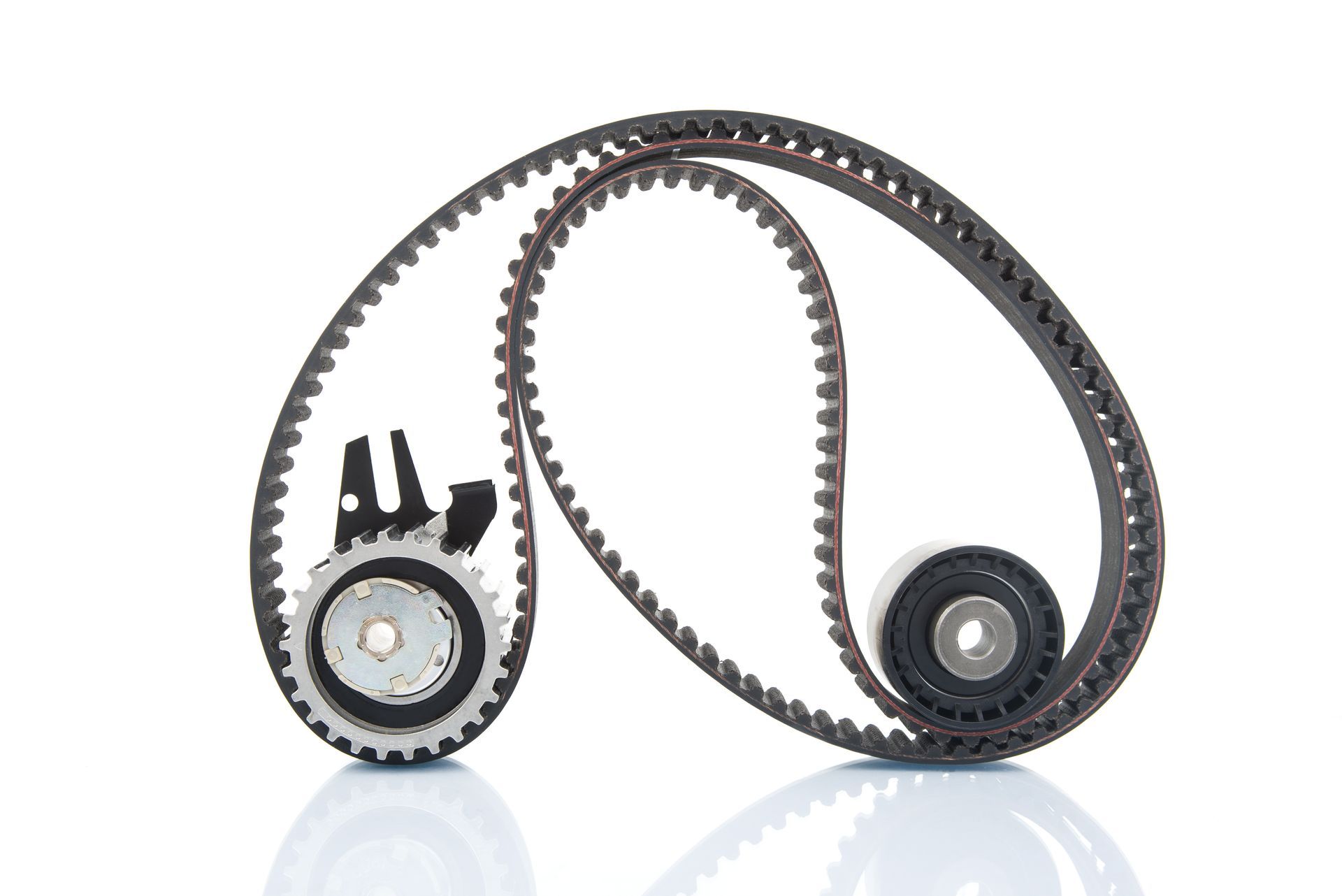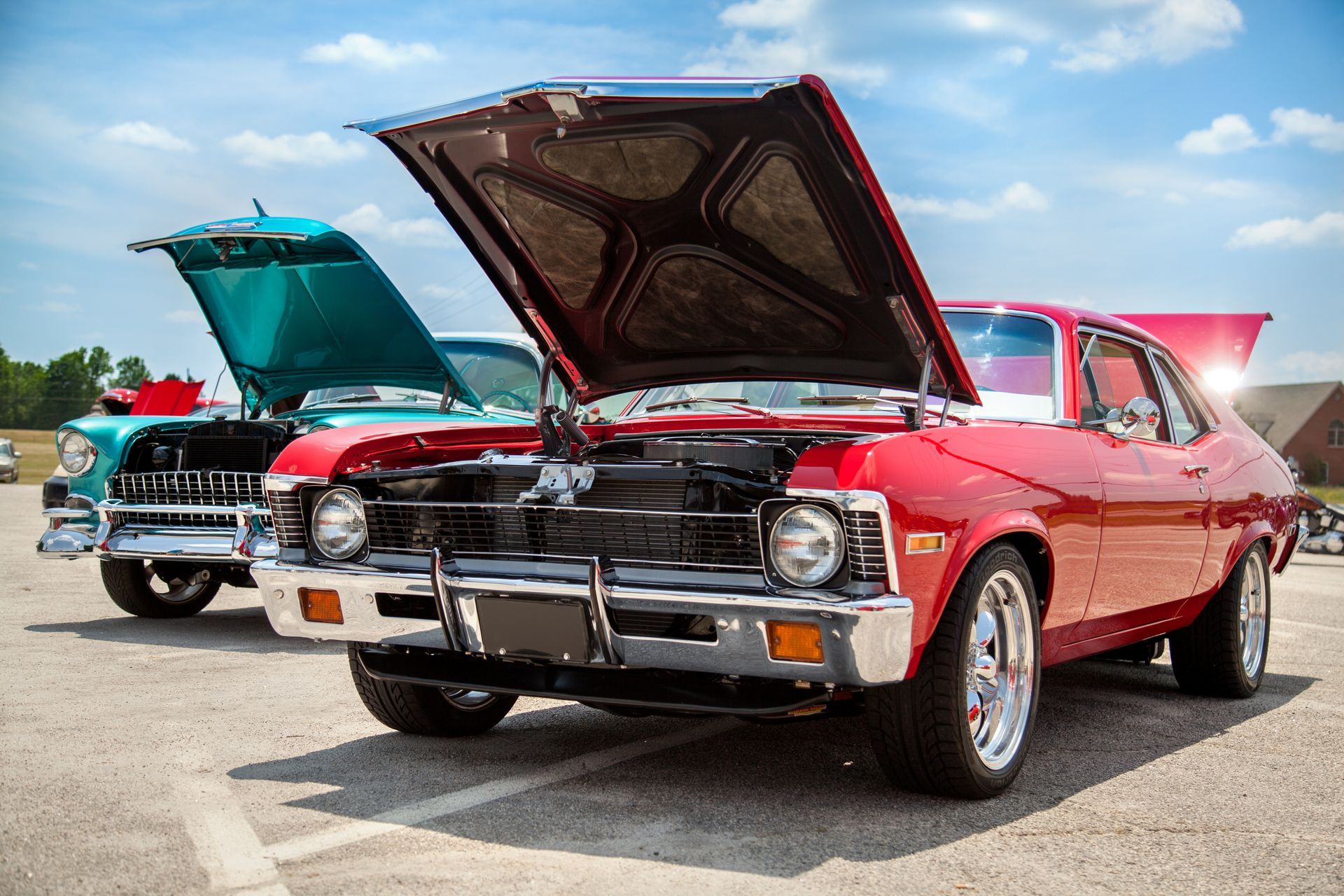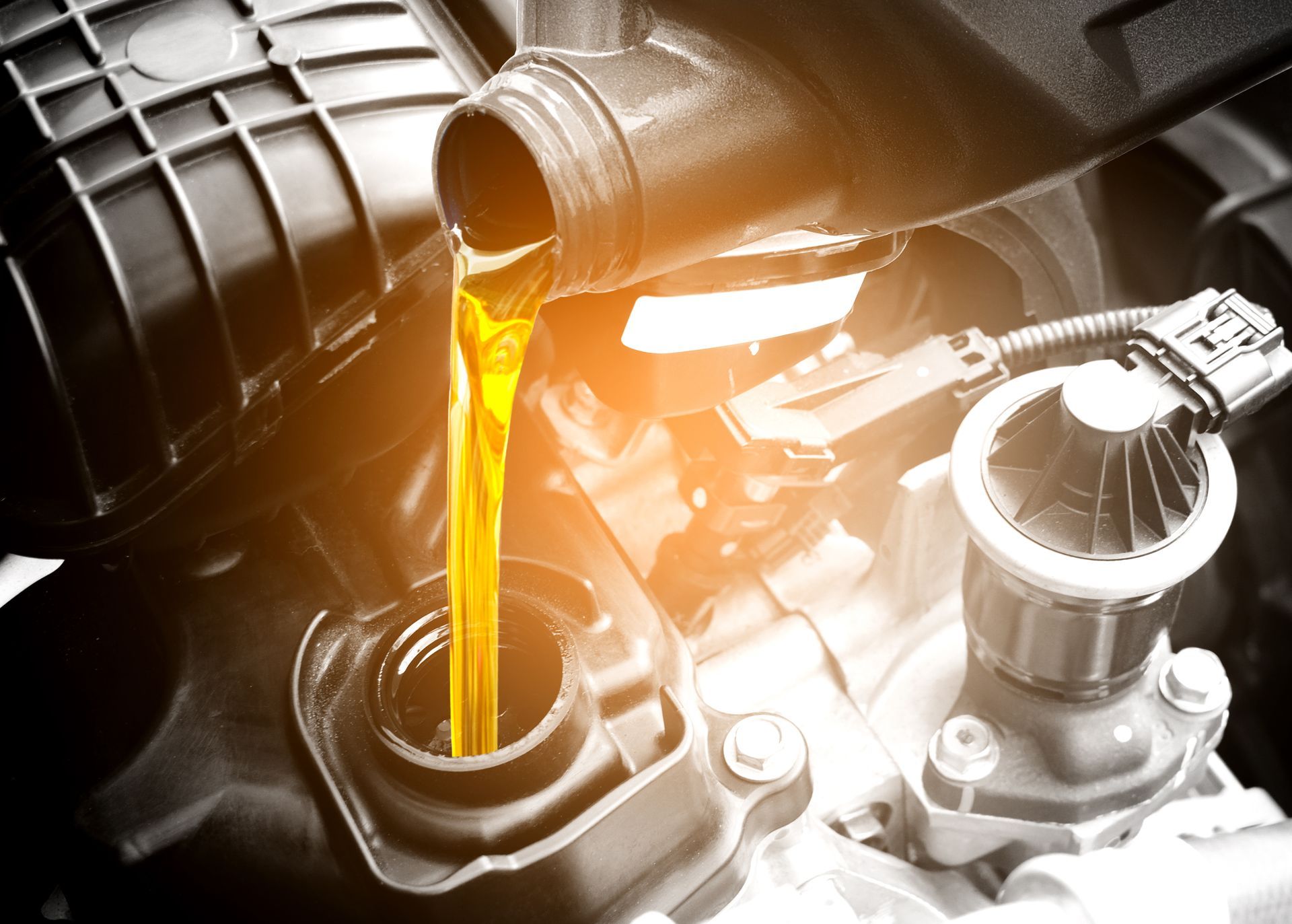It’s a situation every driver dreads—seeing that temperature gauge creeping toward the red zone or noticing steam coming out from under the hood. Overheating can cause serious damage to your car’s engine if not addressed on time. Knowing what to do when your car overheats is crucial to minimizing damage and staying safe on the road.
What Causes Car Overheating
Your car’s engine operates under extreme conditions, generating a lot of heat. The cooling system is designed to keep everything at a safe temperature, but when something goes wrong—like a coolant leak, a broken thermostat, or a faulty radiator—things can spiral out of control. Hot weather, stop-and-go traffic, or driving with a heavy load can exacerbate these issues.
Sometimes, the cause is as simple as low coolant levels. Other times, it might be a failing water pump or a blocked radiator. Whatever the reason, an overheating engine is a problem that requires immediate attention.
What to Do When Your Car Overheats
So, you’re driving, and that temperature gauge starts climbing. What now? Here’s how to handle the situation step-by-step:
1. Turn Off the AC and Crank the Heat
This might seem counterintuitive, but turning on the heat helps draw excess heat away from the engine. It won’t be comfortable, especially on a hot day, but it could prevent your engine from sustaining severe damage.
2. Pull Over Safely
As soon as you notice signs of overheating—whether it’s a warning light, steam, or a rising temperature gauge—find a safe place to pull over. Continuing to drive with an overheating engine can lead to catastrophic engine failure.
3. Turn Off the Engine
Once you’re safely parked, shut off the engine. This allows the engine to cool down and gives you a chance to assess the situation without putting additional strain on the system.
4. Check the Coolant Levels
After waiting at least 15–30 minutes (or until the engine is cool to the touch), open the hood and check the coolant reservoir. Never open the radiator cap while the engine is still hot; the pressurized coolant can cause serious burns. If the coolant level is low, adding more might help get you back on the road temporarily.
5. Call for Help If Needed
If adding coolant doesn’t resolve the issue, or if you suspect a more significant problem like a broken radiator hose or a malfunctioning thermostat, it’s time to call for professional assistance. Driving a car with unresolved overheating issues isn’t worth the risk.
How to Prevent Overheating in the Future
While dealing with an overheating engine is stressful, there are steps you can take to reduce the chances of it happening again:
- Regular Maintenance: Keep up with routine inspections and coolant flushes as recommended by your car’s manufacturer.
- Check Coolant Levels: Periodically check the coolant and top it off if necessary.
- Inspect Hoses and Belts: Damaged or worn-out hoses and belts can compromise your cooling system.
- Watch the Temperature Gauge: Familiarize yourself with what’s normal for your car and keep an eye out for anything unusual.
Taking these precautions can save you from costly repairs and unnecessary stress on the road.
When to Call Us
If your car overheats and you are unable to permanently fix the issue, it is crucial to have it inspected by a trusted repair shop. Even if the problem appears to improve temporarily after adding coolant, underlying issues such as a failing water pump or a leaking radiator can worsen over time.
At Triple J Automotive in Coral Springs, FL, we specialize in diagnosing and repairing vehicle problems. Our experienced technicians will thoroughly inspect your car to identify the root cause and provide reliable repairs to get you back on the road safely.
Don’t let an overheating engine ruin your day! Visit
Triple J Automotive in Coral Springs, FL, for professional cooling system services. Schedule your appointment today and keep your car running at its best.


